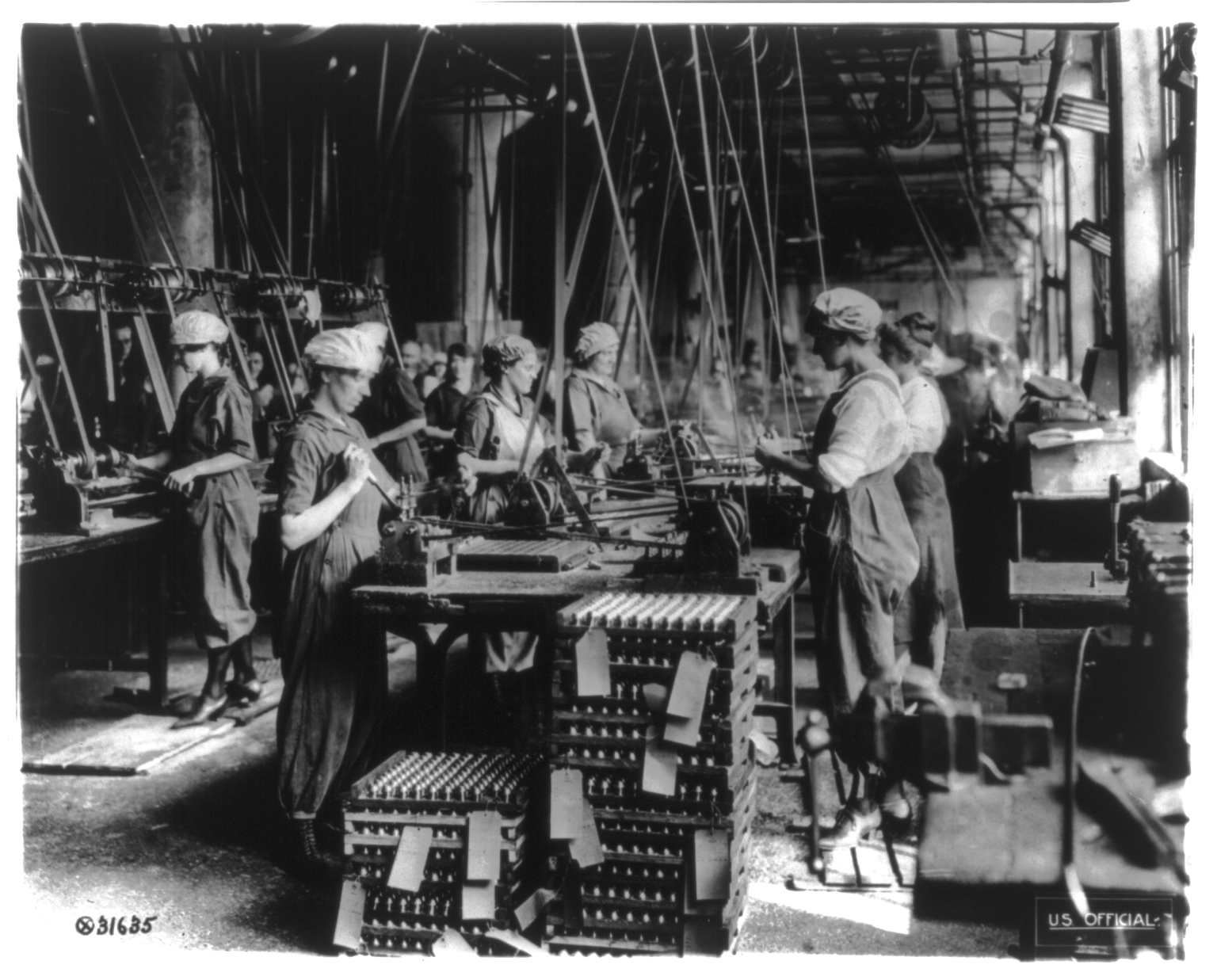“The alienation of man in relation to the machine does not only have a socio-economic sense; it also has a physio-psychological sense; the machine no longer prolongs the corporal schema, neither for workers, nor for those who possess the machines.” Gilbert Simondon, On the Mode of Existence of Technical Objects, trans. Cecile Malaspina and John Rogove (Minneapolis: Univocal, 2017), 133.
“The technical activity distinguishes itself from mere work, and from alienating work, in that technical activity comprises not only the use of the machine, but also a certain coefficient of attention to the technical functioning, maintenance, adjustment, and improvement of the machine, which continues the activity of invention and construction.” Ibid., 255.
“The transindividual passes into the individual as from individual to individual: individual personalities congregate together by recovering and not by accumulation or specialist organization as in the biological grouping of solidarity and division of labor. In the instance of the division of labor, individuals are closed up into their biological unities, as a result of practical functions. The transindividual does not localize individuals: it makes them coincide; it is necessary to communicate individuals by significations: these are the relations of information, which are primordial, not the relations of solidarity, of functional differentiation.” Gilbert Simondon, L’Individuation à la lumière des notions de forme et d’information (Grenoble: Millon, 2005), 302. If the “interindividual” remained on the level of solidarity among individuals separated in social coding and labor, the “transindividual” existed on the level of communication of significations based on the pre-individual potential. The inventor-technologist and the invented technical objects could serve as a driving force behind social change because they constructed new transindividual collectivity that went “through and beyond” individuals by way of the pre-individual potentiality that was inherent in individuals and came to communicate directly.
“Because of the development of its body and brain, through the exteriorisation of tools and of the memory, the human species seemed to have escaped the fate of the polyparium or the ant. But freedom of the individual may only be a stage; the domestication of time and space may entail the total subjugation of every particle of the supra-individual organism.” Bernard Stiegler, Symbolic Misery (Cambridge: Polity Press, 2014), 77.
“The proletarian, we read in Gilbert Simondon, is a disindividuated worker, a laborer whose knowledge has passed into the machine in such a way that it is no longer the worker who is individuated through bearing tools and putting them into practice. Rather, the laborer serves the machine-tool, and it is the latter that has become the technical individual.” Bernard Stiegler, For a New Critique of Political Economy (Cambridge: Polity Press. 2010), 37.
According to Stiegler, who has inherited Simondon’s concept of individuation, the individuation of humans is characterized by the simultaneous formation of psychological individuation, collective individuation, and technical individuation. The psychological individual called “I” cannot be thought of without belonging to “we,” who are collective individuals. This is because “I” is constructed through the process of “adopting” groups’ historical heritage, or of embracing the past of those other than “I’s” direct ancestors as “I’s” own. “I” is not a stable state but is a metastable process, a process of psychological individuation, and “we” likewise is a process of collective individuation. The individuation of “I” is entered in collective individuation processes, and the individuation of “we” is generated from the process through which the individuation processes of “I’s” are mutually adjusted. Simondon has defined the simultaneous generation of these “I’s” and “we” as psychological-collective individuation or transindividual individuation. Stiegler has added here, with a stress, the individuation of technical systems not specified by Simondon. Technical systems are technical environments that connect “I” and “we,” or environments consisting of mnemotechnics that condition the individuation of “I” and “we.” Stiegler has called the psychic-collective-technical individuation formed through the simultaneous entanglement of these three strands “transindividuation.”
Superhumanity: Post-Labor, Psychopathology, Plasticity is a collaboration between the National Museum of Modern and Contemporary Art, Korea and e-flux Architecture.
